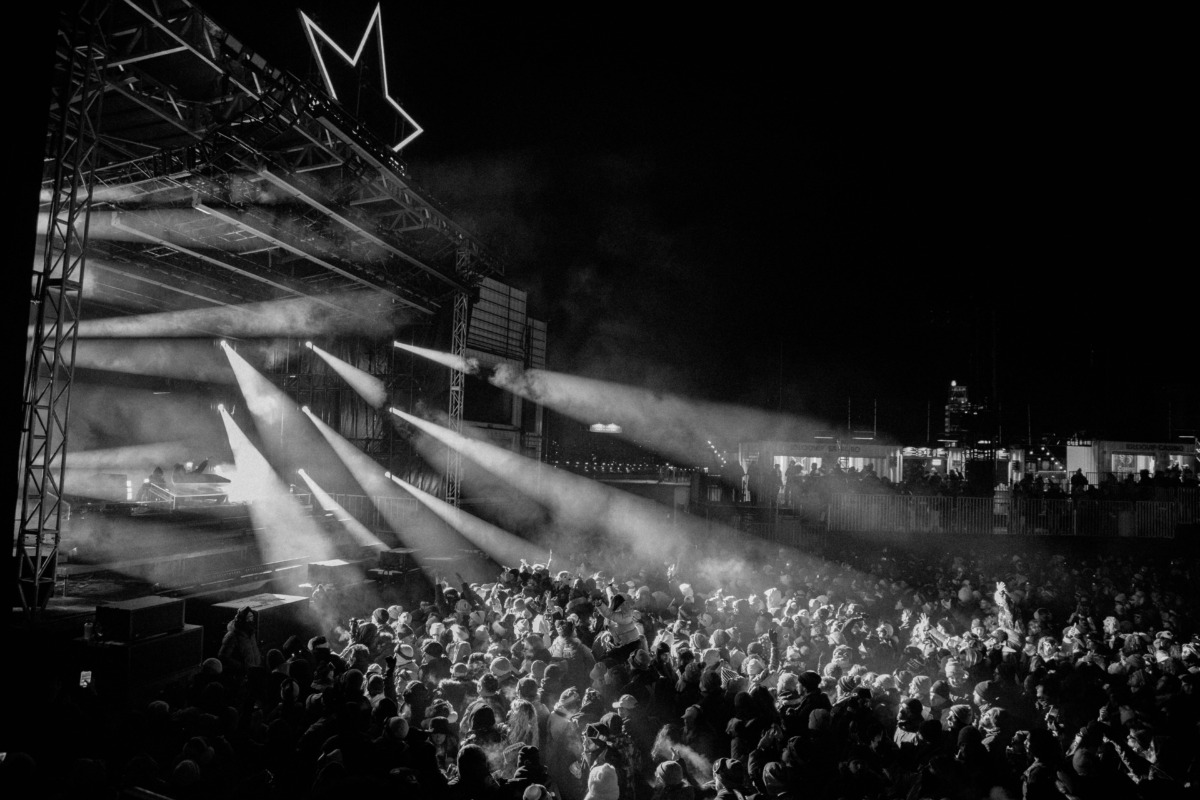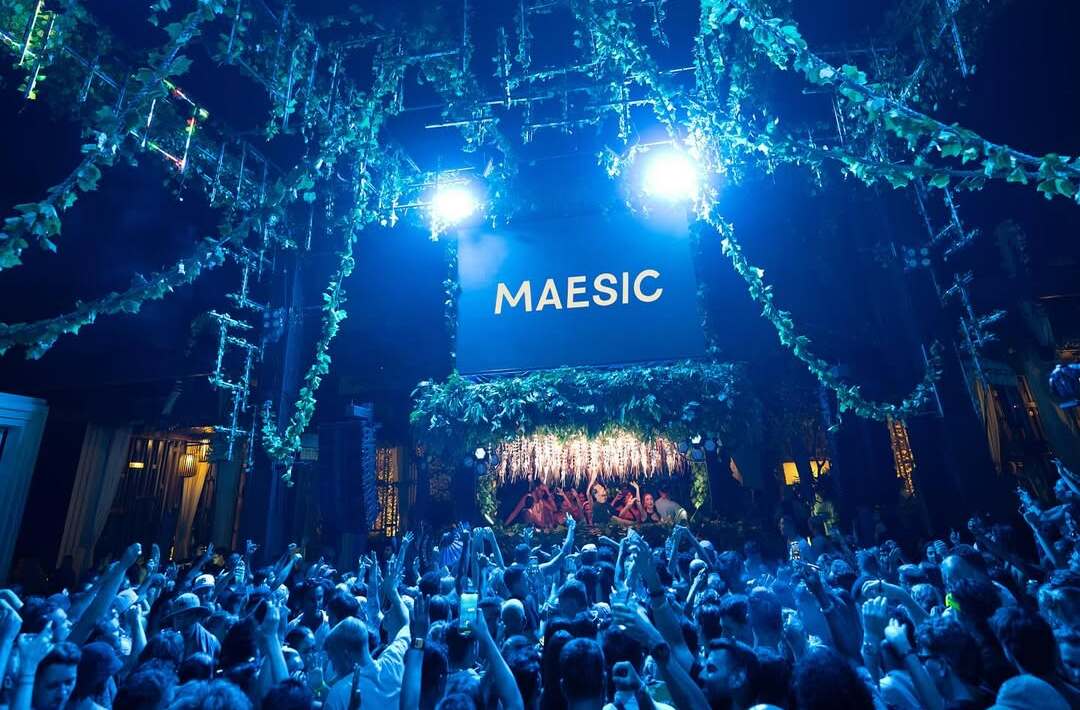Super Saiyan 2 is the overlooked middle child of Dragon Ball Z's Super Saiyan forms. On screen, it's hard to tell apart from a standard Super Saiyan form as its most visible differing quality is sparks that occasionally materialize in the user's aura. Akira Toriyama even forgot its existence after time passed, and it was completely outclassed shortly after by Super Saiyan 3. The form is instrumental in the Cell Saga but things sort of fell apart for Super Saiyan 2 after that.
Given how the transformation has fallen out of favor over the years, what qualities still stand out in hindsight? What are some obscure secrets to Super Saiyan 2 that the casual fan might've otherwise forgotten? Let's go over the history and lore surrounding the classic form and uncover its mysteries.
Super Saiyan 2 and that Tingly Back Feeling
One of the key signs someone is about to transform is a little "tingly feeling" they get in the small of their back. This reached nearly memetic levels thanks to Caulifla, a Universe 6 fighter in Dragon Ball Super's Tournament of Power arc. She argues that the key to her transforming is this tingly feeling in her back, drawing out the sensation, and allowing that feeling to overtake her.
This ultimately begs the question: is that all there is to the Super Saiyan transformation? On one hand, it's possible that all Saiyans feel that tingly feeling in their back -- perhaps nerves flaring off or the energy-triggering sensation under their skin. However, it also indicates that the key to transforming can sometimes just be mastery of one's own body and sensory inputs. Most Super Saiyan 2 transformations are triggered either due to intense training or emotional drive. Caulifla is the only individual to first transform into a Super Saiyan 2 by exploring her bodily sensations.
It is possible that all Super Saiyans get this tingly feeling, but stronger emotions -- rage, anger, intense training -- overshadow it. Of course, Caulifla may just be a unique individual. Not everyone achieves the same accomplishments the same way. Goten, for example, could just naturally turn into a Super Saiyan without any difficulty.
Cell Achieved Super Saiyan 2 (Kinda)
Cell technically was the second character to achieve Super Saiyan 2. When he fought Gohan, he self-destructed, taking out Goku and King Kai's planet in the process. He regenerated in his Perfect Form, despite no longer having Android 18 in his system. The reason? His Saiyan Cells. Saiyans return stronger than ever following any near-fatal injury.
When Cell returned, he emerged in his Super Perfect Form, which comes equipped with the same sparks that come with a Super Saiyan 2. This indicates that Cell, in his final moments against Gohan, was a Super Saiyan 2 -- sort of. He was ultimately defeated, but it stands to reason that, should Cell have trained harder, he might've turned into a Super Saiyan 3, or used Frieza's cells to achieve a Golden Form. Or both.
Super Saiyan Rage is the Powered-Up Version of Super Saiyan 2
Super Saiyan Rage is an unusual form introduced during Dragon Ball Super. It was first achieved by Future Trunks in his battle against Zamatsu and Goku Black. It's essentially a powered-up version of the Super Saiyan 2 form that takes you close to the power of a Super Saiyan 3. It gives the user a bright-blue aura underneath the flaring yellow aura of the Super Saiyan, reminiscent of the look generated by Super Saiyan Blues.
However, bizarrely enough, while Super Saiyan Rage as a form was introduced in Dragon Ball Super, the name dates back far earlier. In Dragon Ball Z: The Legacy of Goku II for the GameBoy Advance, Gohan's Super Saiyan 2 form is referred to as Super Saiyan Rage. However, because Super Saiyan 2 is a different form than Super Saiyan Rage, it can only be understood that the term "Super Saiyan 2" had yet to be properly given a name in that point in the continuity, and the game was just reflecting that.
Super Saiyan C-Type Is Equal to Super Saiyan 2 Strength
Super Saiyan C-Type is a form achieved only by Legendary Super Saiyans when they transform into what appears to be a standard Super Saiyan form. Their hair turns a shade of green and their physical stature increases. Suiting the Legendary Super Saiyans, C-Type a far stronger form than the standard Super Saiyan transformation. Broly and Kale both achieve it, though it manifests differently.
While both Broly and Kale can achieve forms beyond Super Saiyan C-Type, this particular form puts them on a level with a Super Saiyan 2. When Gohan fights Broly and transforms into Super Saiyan 2, he becomes well-matched with C-Type Broly. When Kale triggers her C-Type form, she is likewise on par with Goku at Super Saiyan 2. These individuals are simply inherently stronger than the average Saiyan, so their Super Saiyan 2 doubles the power of C-Type, making them incredibly powerful warriors.
Gohan First Transformed into a Super Saiyan 2 in the Hyperbolic Time Chamber
Gohan's famous transformation against Cell is often referred to as the time he first transforms into a Super Saiyan 2. However, that's not necessarily accurate. As Goku observes during the Cell Games, Gohan actually first transformed into a Super Saiyan 2 far earlier -- during his training in the Hyberbolic Time Chamber. This revelation of power demonstrates to Goku that Gohan has vast, untapped potential that can be turned against Cell.
So if Gohan could transform into a Super Saiyan 2 before fighting Cell, why didn't he do it? Simple. Though he could briefly reach the form, he could neither maintain it nor trigger it at will. Gohan briefly transformed but passed out almost immediately after. In many regards, it's similar to Goku's Pseudo-Super Saiyan form, where Goku was at the cusp of transforming into a Super Saiyan, only to revert back because he could not maintain the rage necessary for the form.
This bit of trivia showcases that it's not enough to simply have the rage to transform into a Super Saiyan 2. The user must sustain that energy throughout their form, otherwise they'll just revert back to normal seconds after triggering this great potential.
About The Author

